Great Pyramids

No, not this kind.
A few weeks ago I had lunch with a good friend of mine, Chris Lindner, while he was visiting Cincinnati. After chatting about how Chris is enjoying his first "real" job, talk quickly turned to climbing. Chris was psyched to be able to spend some time in the gym, really training for the first time in a while. As he had seen my progression over the past couple of years, he asked how my training was panning out. I mentioned that I had just began work on a 13d. "How many 13c's have you done?", he asked. "Three.", was my reply, to which he announced with conviction, "Thats the way to fuckin do it. Three and you're out. Push on."
I was first introduced to the idea of the "pyramid" by one of Eric Horst's excellent training manuals.

Probably this one.
The idea is pretty simple, and most of you are already familiar with it: Your "base" is a number you've done 8 of in the past 12 months. The next level, you do 4 of. Next, 2, then 1. That 1 is theoretically at your current limit, and should be a big project.
I liked the idea immediately, and modified the idea to fit my own sadistic views. My pyramid went something like this, if I can even explain it...
I began with the same 8, 4, 2, 1. After you had reached the 1, you had to go back, do 8 more of your base, to reach 16, then 4 more of your 2nd level, so that it reached 8, and so on. Fairly typical, though most don't always go back to their previous base and make it wider. Still with me?
Ok, so here is where it gets confusing. You could NOT even touch a route of a certain grade until you onsighted a route 3 letter grades below it. So, until you onsighted 12a, you hadn't earned the right to even touch a 12d. If you os'd two 12a's, you could try two different 12d's. When you finally os'd three 12a's, the 12d grade was open for the taking. A look at my 8a scorecard, and I see that I did 44 12a's before I ever touched a 13a, and it only took me 5 tries. In fact, I onsighted my first 12c only a month after doing my first 13a, and flashed my first 12d at the start of the next season. I just didn't understand that the top level should be a project. I picked a random "base", and started there.

My current all time 8a scorecard. Black is onsight, orange is flash, and red is redpoint.
I now see that I went a little overboard. I adhered to my pyramid plan until I had onsighted three 12d's, and done three 13c's. Continuing in this manner could take, well, forever. 13a is tough to onsight... its rarified air as far as I'm concerned, and I might NEVER get to 14a if I have to onsight 13b first. The good thing is, by getting to this point, I've learned enough about my body and my abilities to know that I can move on.
The 8,4,2,1 plan is perfect for the people who just want to immediately jump to the next grade. Too many people often spend months NOT getting better while they bang their head on their next level project. By adhering to the pyramid for a while they are forced to get better.

In the upper grades, and while training effectively, I find things get blurry. The above scorecard is from my last 12 months. Obviously 13b (8a) has become my new "base". If I followed the pyramid, I'd have to do 2 more 13c's before moving on to 13d. However, what this doesn't reflect is that several of the 13b's listed were 2nd try. Several are considered hard and are listed as 13c by people whose opinions I respect. Last spring, I did three 13b's and a 13a in one weekend. The only 13c I did last spring was 2nd try that year. And, I've gotten stronger since the last season reflected on here (spring).
What I'm saying is that I KNOW my training has pushed my ability past my "current" pyramid, and to hold myself back would be an injustice to my goals. I'll most certainly come back to 13c and fill it out, as I'll hopefully do with 13d as well. However, I'm a weekend warrior with limited time outside, and I have a goal to accomplish. Right now, I'm ready to move on. "Thats the way to fuckin do it. Three and you're out. Push on."
Do you follow a pyramid? Do you follow the 8,4,2,1 norm, or something you devised? I'd love to hear the thoughts...

The most important skill for sending hard climbs is knowing HOW to send.
This week we're watching In Sequence: Katie Lamb and the Craft of Hard Bouldering from Patagonia Films!
Kris and Nate discuss the new climbing film, Soudain Seul, and lessons from it that we can use in our own climbing.
How should we separate training and performance when they both occur in the same environment?
There are lessons from the climbing in a gym that should absolutely be applied outdoors in order to become a better climber faster.
There are aspects of climbing outside that lead us into learning specific things that we don't necessarily find as easily indoors.
With more and more information out there, it would seem that we can learn faster and better. But that isn't always the case.
You nailed the training and showed up stronger. Still, things went wrong.
You know what highpointing is, and definitely redpointing, but what about lowpointing?
In this episode of The Struggle Climbing Show, Kris and host Ryan Devlin talk tactics, specifically those that Ryan has discussed with some of the biggest names in climbing during the show’s second season.
As climbers, we fail a lot. And yet, we don’t even like to hear the word.
Watching Will Bosi and Aiden Roberts work on the Burden of Dreams replica is fun, but is it valuable for the rest of us?
It’s not just all about the journey.
Or any grade, for that matter. Boulder or sport.
Eric Hörst chats about how some big life shifts – retirement, the success of his brand PhysiVantage, and becoming an empty nester – have impacted his climbing and training.
Being able to quickly recognize familiar sequences is a crucial ingredient to harder climbing.
Once you learn the power of good tactics it can be hard to step away from them.
Both are important. Which is your default? Do you value the other?
How many times have you gone up a route and felt overwhelmed, only to look back and realize that it’s not as intimidating as it initially seemed?
Are you making these common sport climbing mistakes?
100 Boulders and Mango Tango: Kerry Scott gets after it. Consistently.
Some say it doesn’t work. We disagree.
MORE ON PYRAMIDS
Which is better – building a grade pyramid or a tower – and how might one or the other impact your future climbing?
100 Boulders and Mango Tango: Kerry Scott gets after it. Consistently.
Improvement comes from challenges, not from the number they are given. If you focus on being challenged and trying hard, then the numbers will follow.
Five days. Five episodes. One theme. Common sense isn't always common practice.
A climber since 1994, Kris was a traddie for 12 years before he discovered the gymnastic movement inherent in sport climbing and bouldering. Through dedicated training and practice, he eventually built to ascents of 5.14 and V11.
Kris started Power Company Climbing in 2006 as a place to share training info with his friends, and still specializes in working with full time "regular" folks. He's always available for coaching sessions and training workshops.



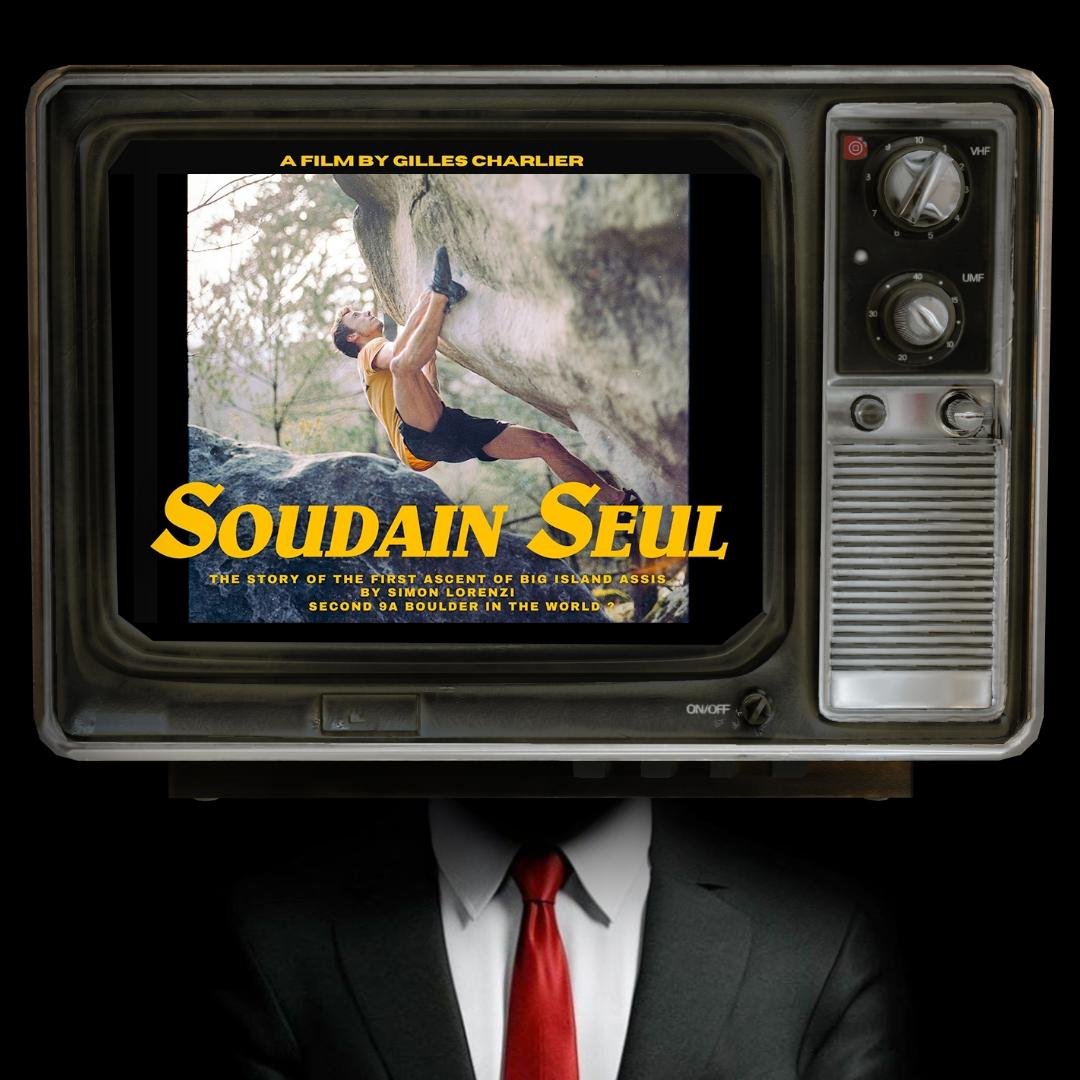
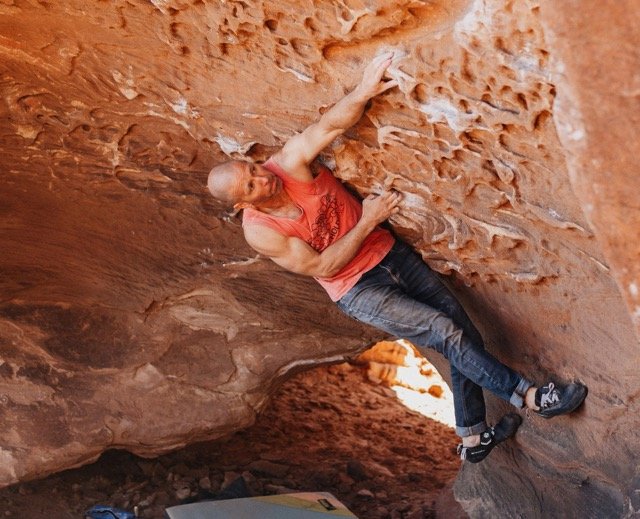

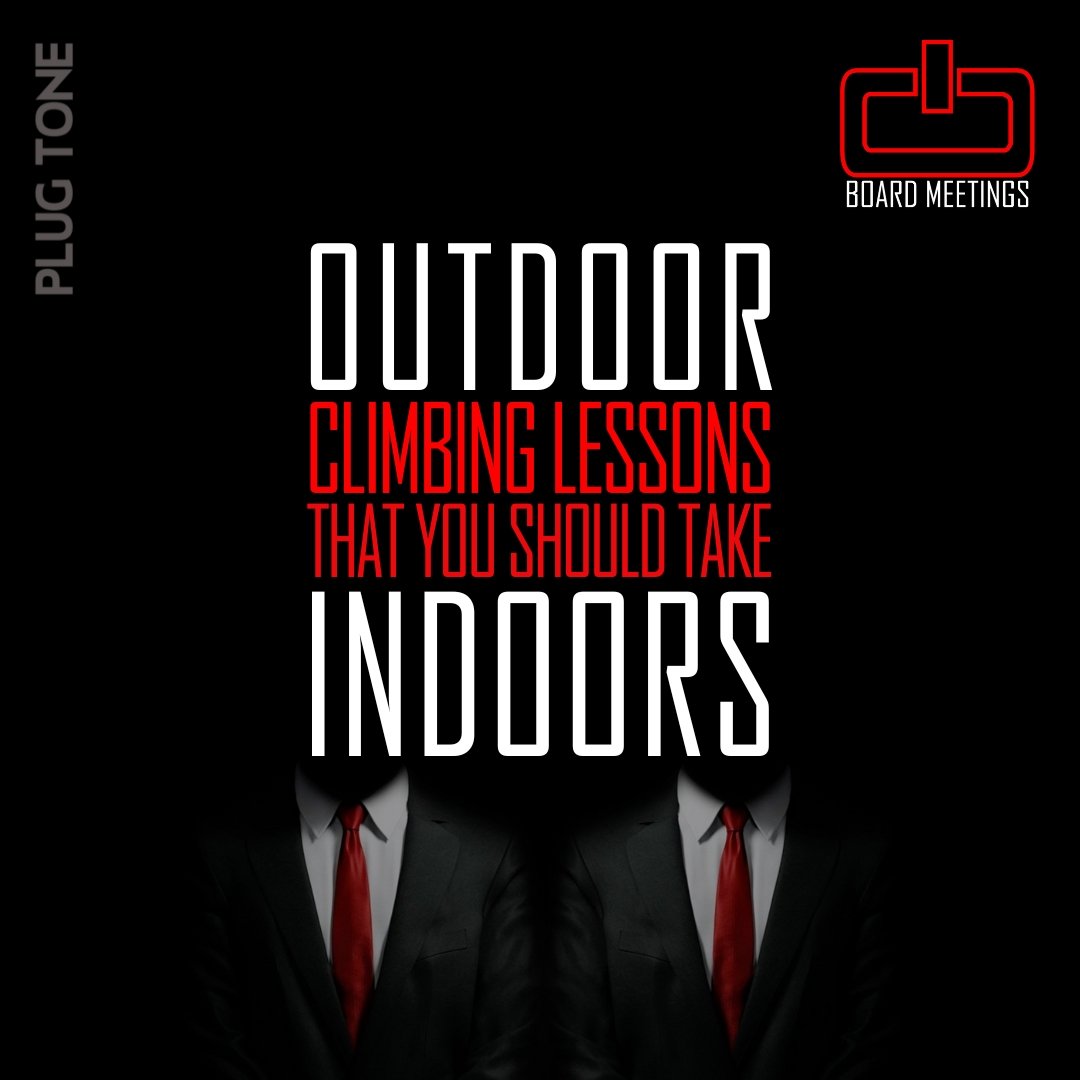



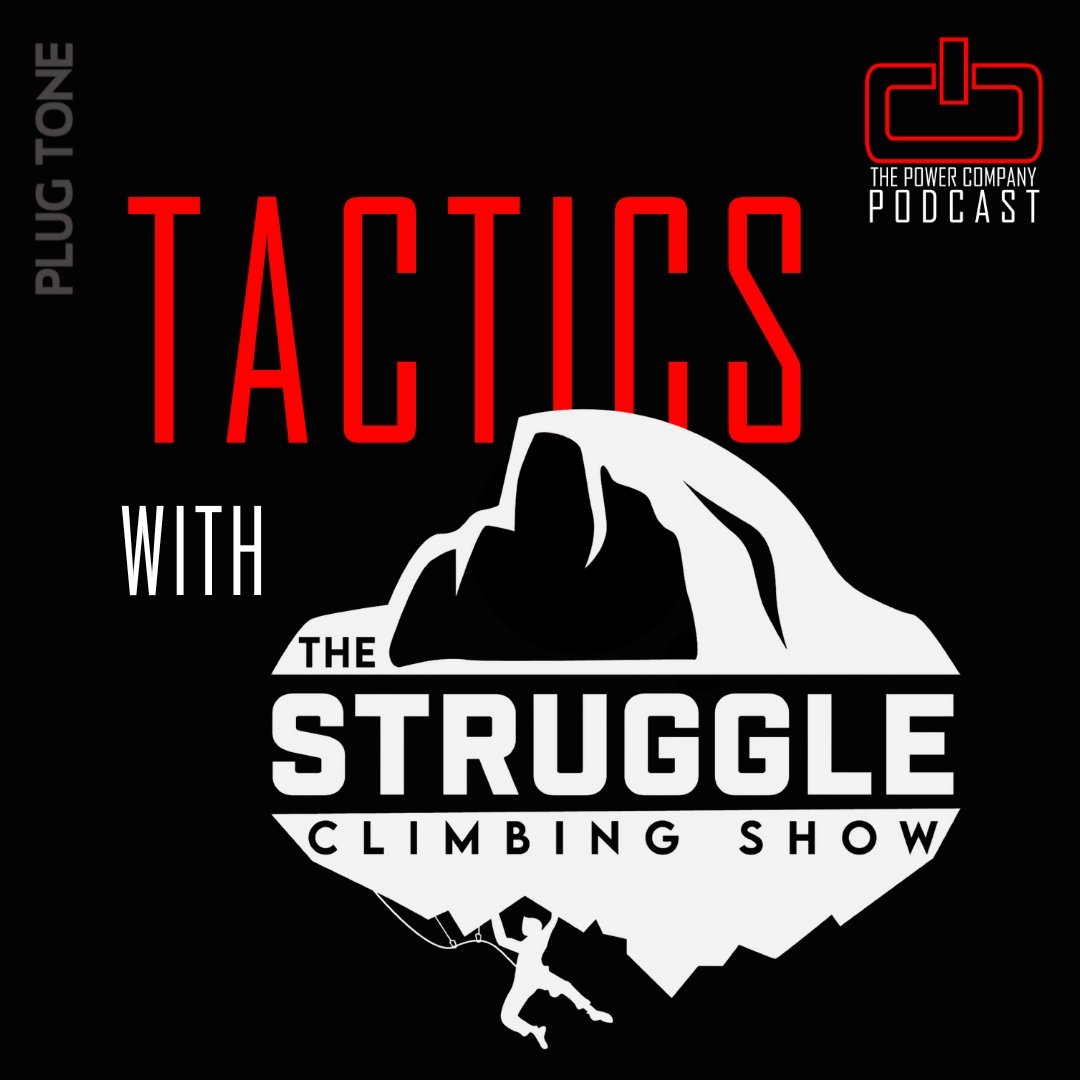




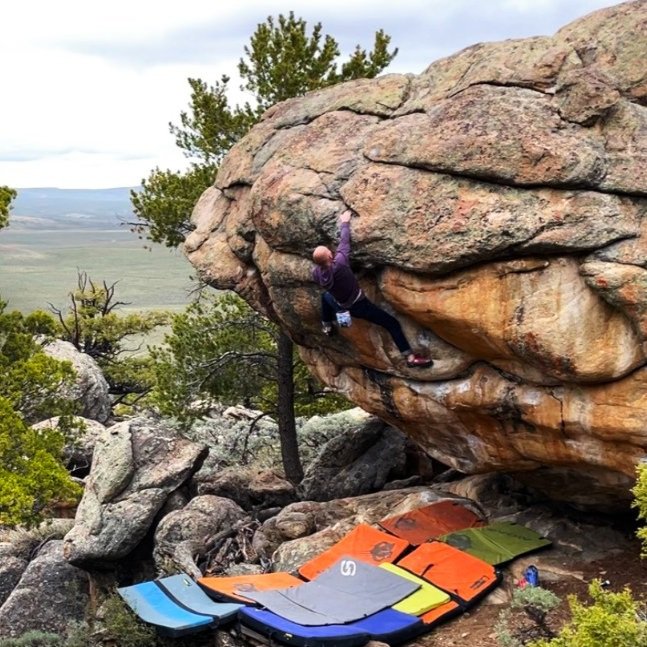

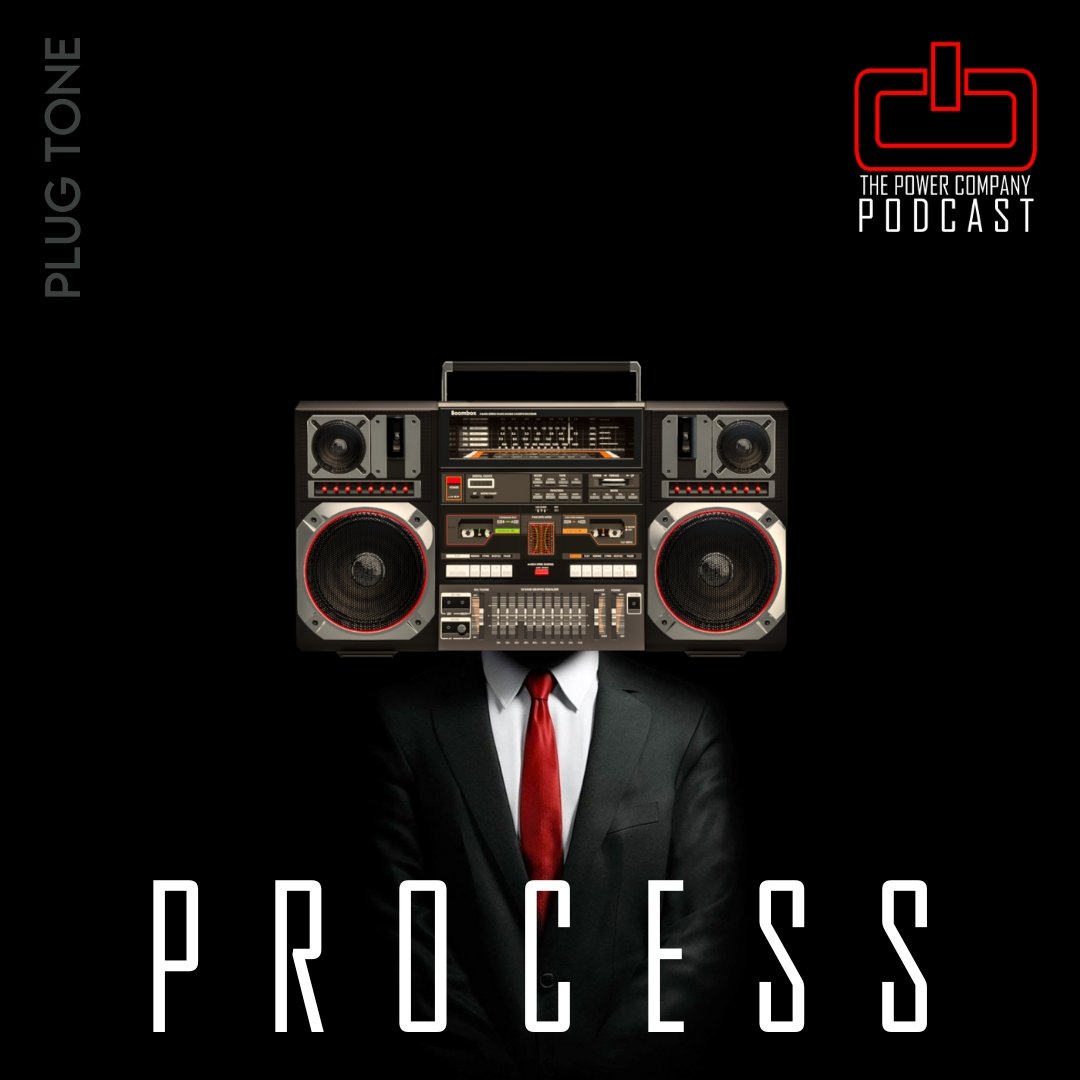












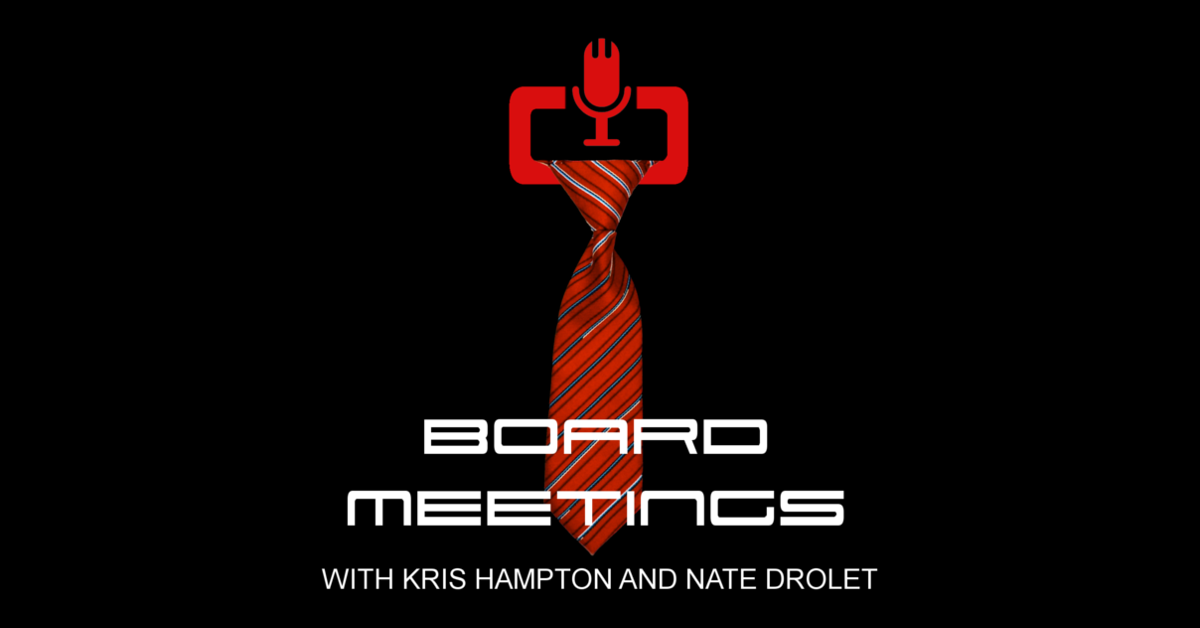
There is one single skill that trumps all others when it comes to being able to climb 5.13… do you have it?